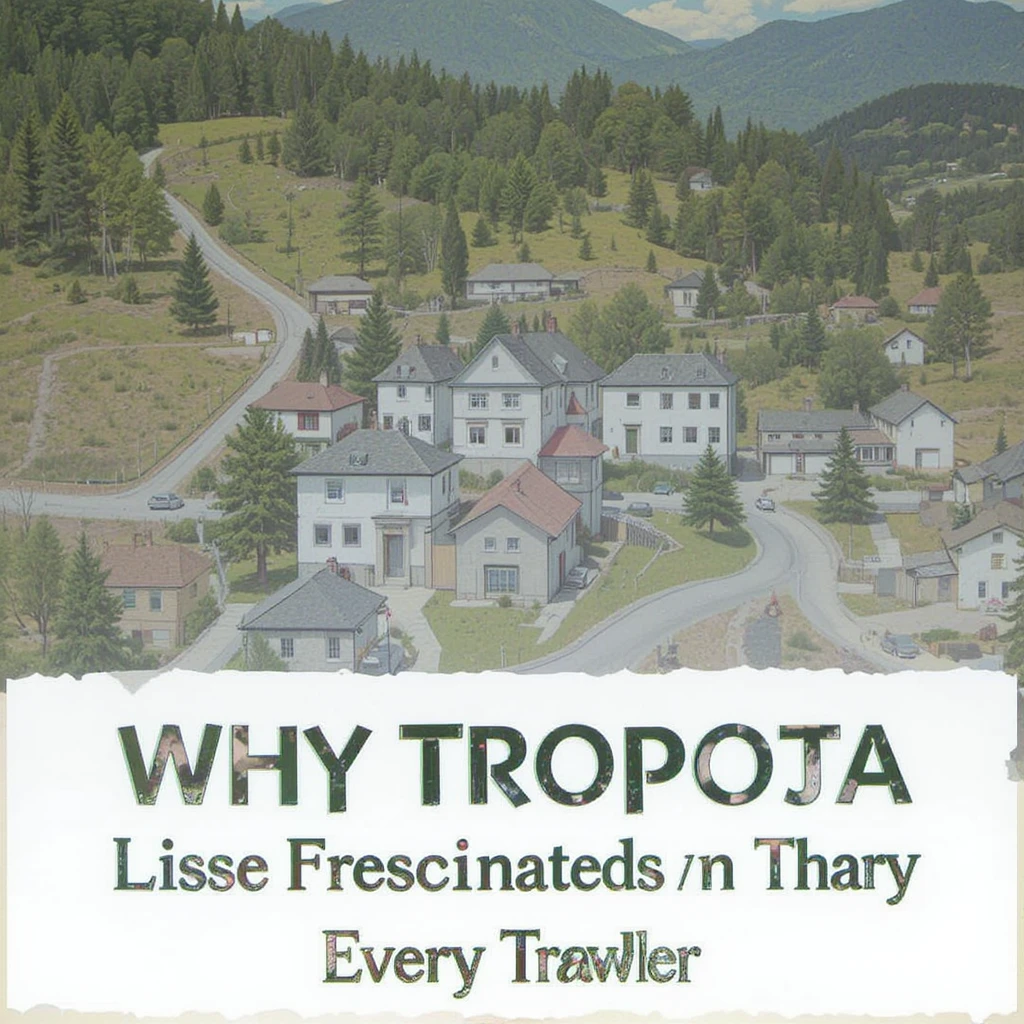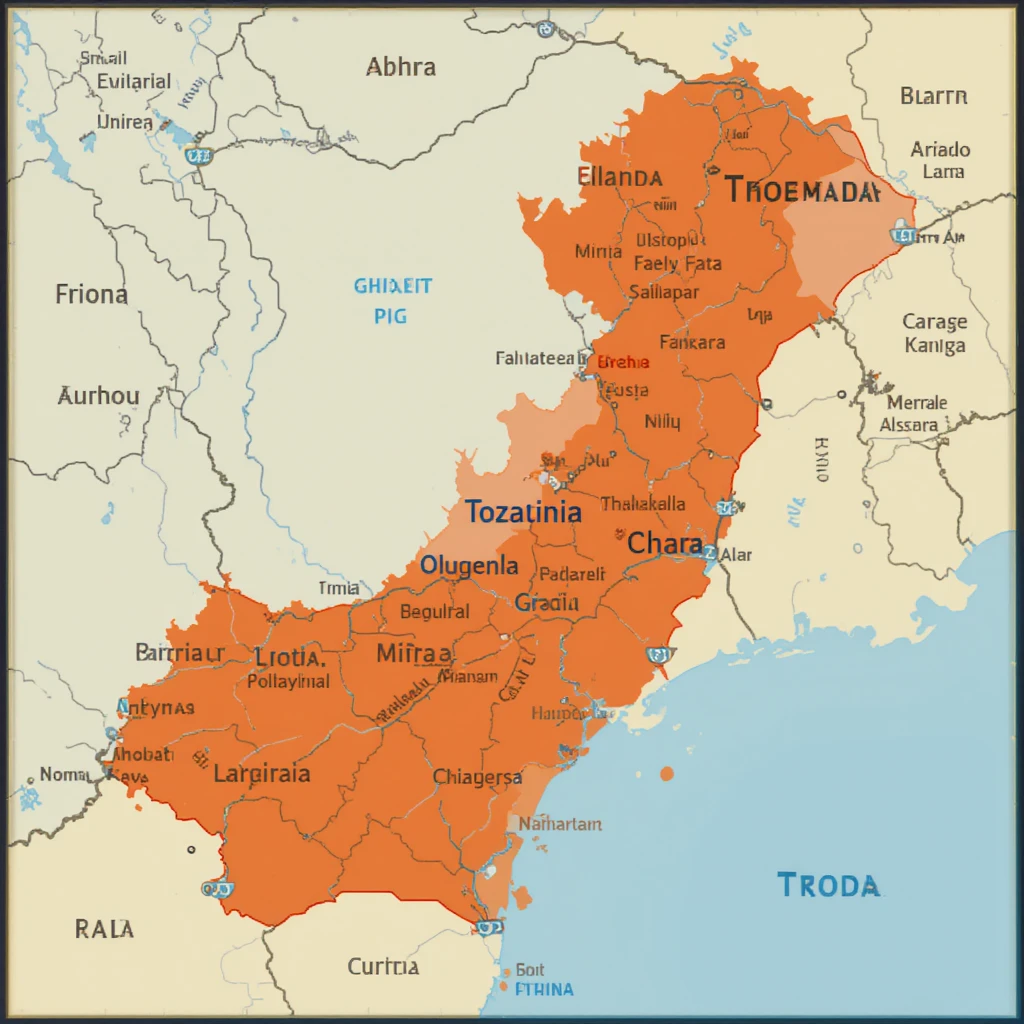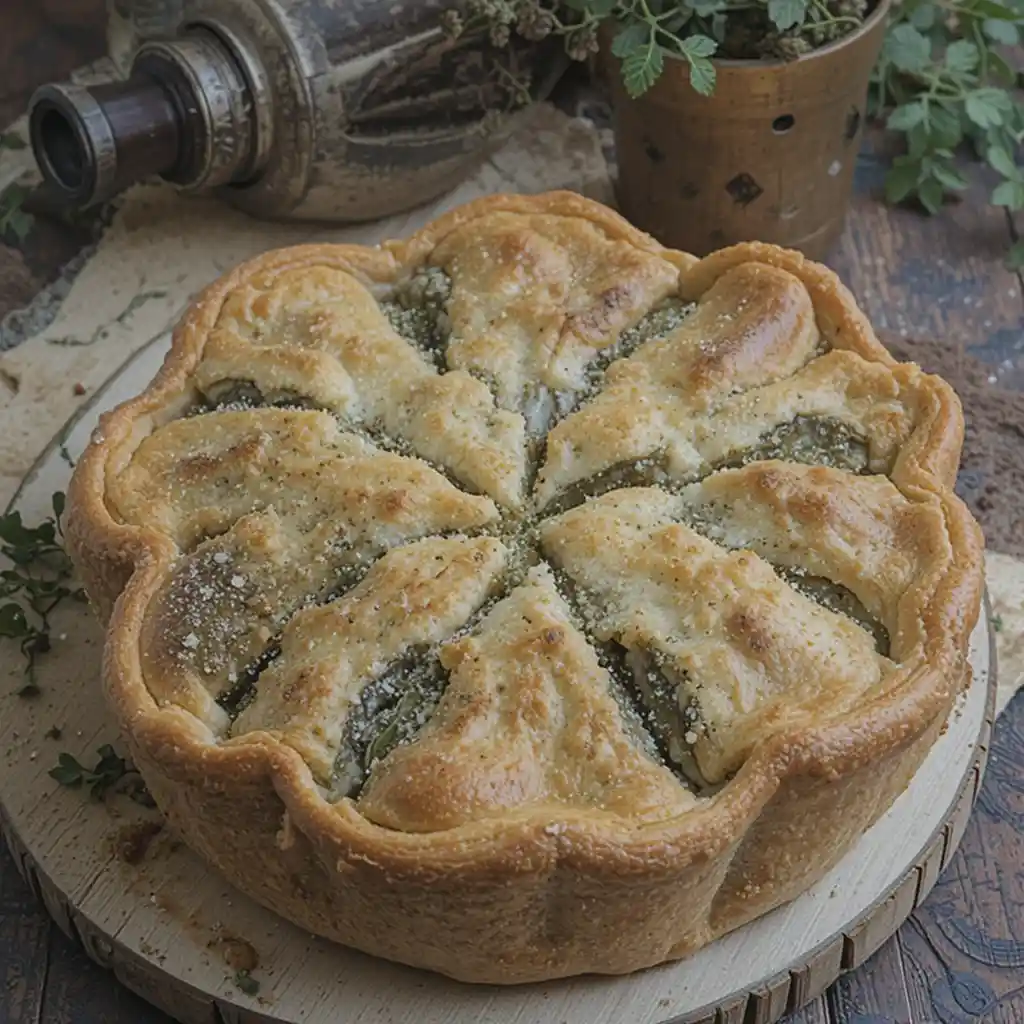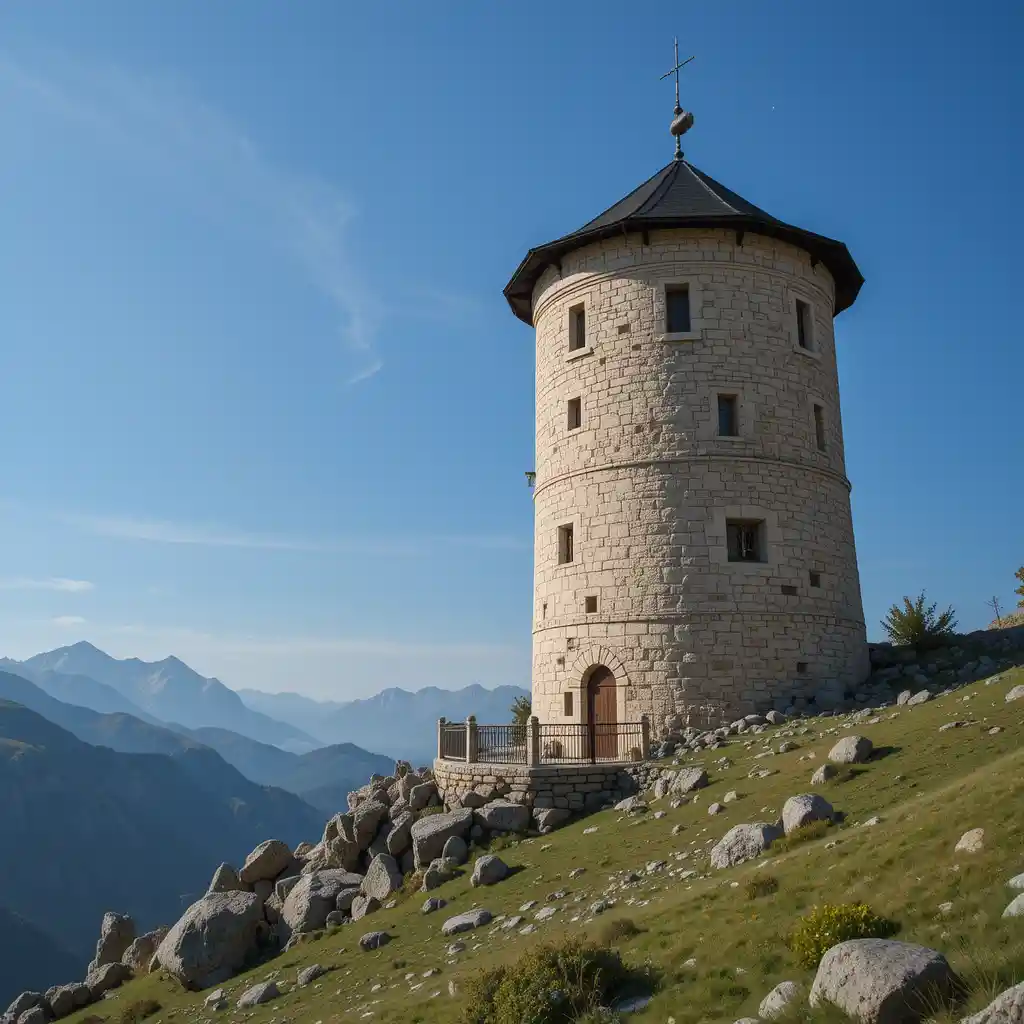your ultimate guide to Albania’s hidden gem. Discover pristine nature, ancient traditions, and must-visit places in this complete travel guide.
Table of Contents
Why Tropoja Captivates Every Traveler

Have you ever longed to find a place where time seems to slow down, where mountains whisper ancient tales and traditions still breathe in daily life? If so, you’re about to fall in love with .
Tucked away in northeastern Albania is one of those rare destinations where you don’t just visit you feel. Whether you’re tracing the path of the Valbona River or sharing a hearty meal in a stone-built village, this region wraps around your spirit like a familiar melody.
You won’t find packed resorts or artificial entertainment here. What you’ll discover instead is authenticity raw, honest, and unforgettable.
Where Is Tropoja? A Geographical Overview

Tropoja sits in the heart of the Albanian Alps, bordering Kosovo to the northeast. It’s part of Kukës County and forms a natural gateway to some of the Balkans’ most pristine wilderness.
Here’s why the location matters to your travel plans:
- Access to Valbona Valley National Park
- Proximity to Theth and Gashi River Protected Areas
- Direct border crossing to Kosovo via the Gjakova Highway
Whether you’re flying into Tirana or Pristina, Tropoja is reachable by road just prepare for winding mountain drives that are as scenic as they are adventurous.
Nature at Its Purest: National Parks in Tropoja
When you step foot in Tropoja, you’re entering a living canvas of green valleys, crystal-clear rivers, and towering peaks.
Valbona Valley National Park
Valbona Valley isn’t just beautiful it’s breathtaking. This park is your invitation to explore dramatic alpine terrain dotted with wildflowers and flanked by the Accursed Mountains.
Must-do activities:
- Hiking the trail to Theth (a 6-8 hour hike, suitable for experienced trekkers)
- Birdwatching: Home to golden eagles and Eurasian lynxes
- Swimming in the ice-cold Valbona River
Gashi River and Protected Areas
The Gashi River Basin is a UNESCO Biosphere Reserve. Here, nature thrives untouched beech forests over 100 years old, glacial lakes, and biodiversity that includes the rare Balkan lynx.
Quick Facts:
- Altitude range: 600–2,200 meters
- Best visited: May to October
- Highlights: Fishing, photography, eco-hiking
The Culture and Traditions of Tropoja
Tropoja isn’t just a place it’s a people. You’ll notice the moment you’re welcomed into a home that this region carries its heritage with pride.
Cultural highlights:
- Dress: Women wear bright embroidered garments, especially during festivals
- Music: Traditional lahuta (one-stringed instrument) storytelling is still alive
- Hospitality: Expect to be offered rakia (fruit brandy) and homemade bread
In Tropoja, traditions aren’t preserved in museums they’re lived.
Traditional Tropoja Cuisine: What to Eat

Food in Tropoja tells its own story. Locally grown, often foraged, and passed down through generations, each meal is both nourishment and celebration.
Recipe Table: Byrek me Hithra (Nettle Pie)
| Ingredient | Quantity |
|---|---|
| Fresh nettles | 300g |
| Onion (chopped) | 1 medium |
| Feta cheese | 150g |
| Eggs | 2 |
| Cornmeal or flour | 200g |
| Olive oil | 3 tbsp |
| Salt and pepper | To taste |
Steps:
- Boil and chop the nettles.
- Sauté onion in olive oil, add nettles.
- Mix with eggs, cheese, and spices.
- Layer inside dough or filo, bake for 30–40 minutes.
You’ve never had pie like this before wild, earthy, and deeply satisfying.
Top Things to Do
Tropoja isn’t a place you rush through. It’s a region you explore slowly, savoring every moment.
Don’t miss:
- Hike to Maja e Hekurave (Iron Peak)
- Swim in Xhema Lake
- Attend a summer folk festival
- Try horseback riding with locals
Every path you take opens up a new perspective on the land, and perhaps even yourself.
Best Villages to Visit in Tropoja
Rural life in Tropoja is more than scenic it’s spiritual. These villages offer a glimpse into a lifestyle that has resisted modern pressure.
Dragobia
- Entry point to Valbona Valley
- Quiet, green, ideal for photographers
Çerem
- Surrounded by pastureland
- Famous for dairy and traditional cheese
Gjinaj
- Home to 300+ years of oral history
- Beautiful stone houses and wooden barns
Each of these villages offers guesthouse stays, giving you a real taste of local life.
Where to Stay: Accommodations
Whether you’re a backpacker or a comfort-seeker, Tropoja offers stay options that balance authenticity and convenience.
Popular options:
- Guesthouse Jezerca (Valbona) – family-run, full-board options
- Rilindja Hotel – modern rooms, mountain views
- Eco Lodge Çerem – sustainable, off-grid living
Most places offer home-cooked meals, guided hikes, and stories around the fireplace.
How to Get to Tropoja: Travel Tips
Getting to Tropoja might feel like a journey but that’s part of the magic.
Travel routes:
- From Tirana: Bus to Bajram Curri (6–7 hours)
- From Kosovo: Pristina to Tropoja via Gjakova (2–3 hours)
- By car: Scenic, but requires caution narrow mountain roads
You’ll want to bring cash—ATMs are rare—and a phrasebook if you don’t speak Albanian.
Best Time to Visit & What to Pack
seasons paint very different pictures—choose yours based on what kind of traveler you are.
| Season | Weather | Best For |
|---|---|---|
| Spring | 10–20°C | Wildflowers, waterfalls |
| Summer | 20–30°C | Hiking, festivals |
| Autumn | 10–20°C | Foliage, photography |
| Winter | -5–5°C | Snow treks, solitude |
What to pack:
- Hiking boots, layers, waterproof jacket
- Reusable water bottle, snacks, power bank
- Flashlight and a printed map (signal’s weak!)
Historical Landmarks and Stories

Tropoja has its roots deep in Illyrian and Ottoman history. Though modest in infrastructure, its tales are rich and plentiful.
Sites worth visiting:
- Old Stone Tower in Gjakova Pass – used as a lookout
- Remnants of Ottoman trade routes
- Local folklore – stories of Albanian highland codes
Your guide or host will likely have stories handed down through generations. Ask—and you’ll be amazed.
Safety, Local Etiquette & Travel Tips
Tropoja is safe, but remote. Preparation is key.
Etiquette tips:
- Always greet with “Mirëdita” (Good day)
- Accept food and drink when offered—it’s a sign of respect
- Dress modestly in villages
Safety tips:
- Stick to marked trails—some paths are unmarked and wild
- Travel insurance is a good idea
- Tell someone before heading into the mountains
FAQs: Tropoja Travel Guide – 6 Power Questions Answered
1. Is Tropoja safe for solo travelers?
Yes, Tropoja is safe, even for solo female travelers. Locals are protective and welcoming.
2. What’s the best hike in Tropoja?
The Valbona–Theth trail is the most iconic, offering 17km of stunning alpine scenery.
3. Can you drive to Tropoja?
Yes, though roads can be rough. A 4×4 is recommended for higher elevations.
4. Are there guided tours available?
Absolutely—many guesthouses offer guided hikes, cooking classes, and village walks.
5. What’s the currency and do places accept cards?
Currency is Albanian Lek. Cards are rarely accepted—bring cash.
6. Is English spoken in Tropoja?
Some younger locals and guesthouse hosts speak basic English. Albanian or a phrasebook helps.
Final Thoughts: Why Tropoja Should Be on Your Bucket List
Tropoja isn’t just a travel destination—it’s a revelation. In a world rushing forward, this mountainous corner of Albania offers something rare: stillness, sincerity, and soul.
You’ll leave with more than photos. You’ll carry a piece of Tropoja in your heart—and maybe even a recipe or two.
So go ahead, take the leap. Tropoja is calling—and now, you know exactly how to answer.

